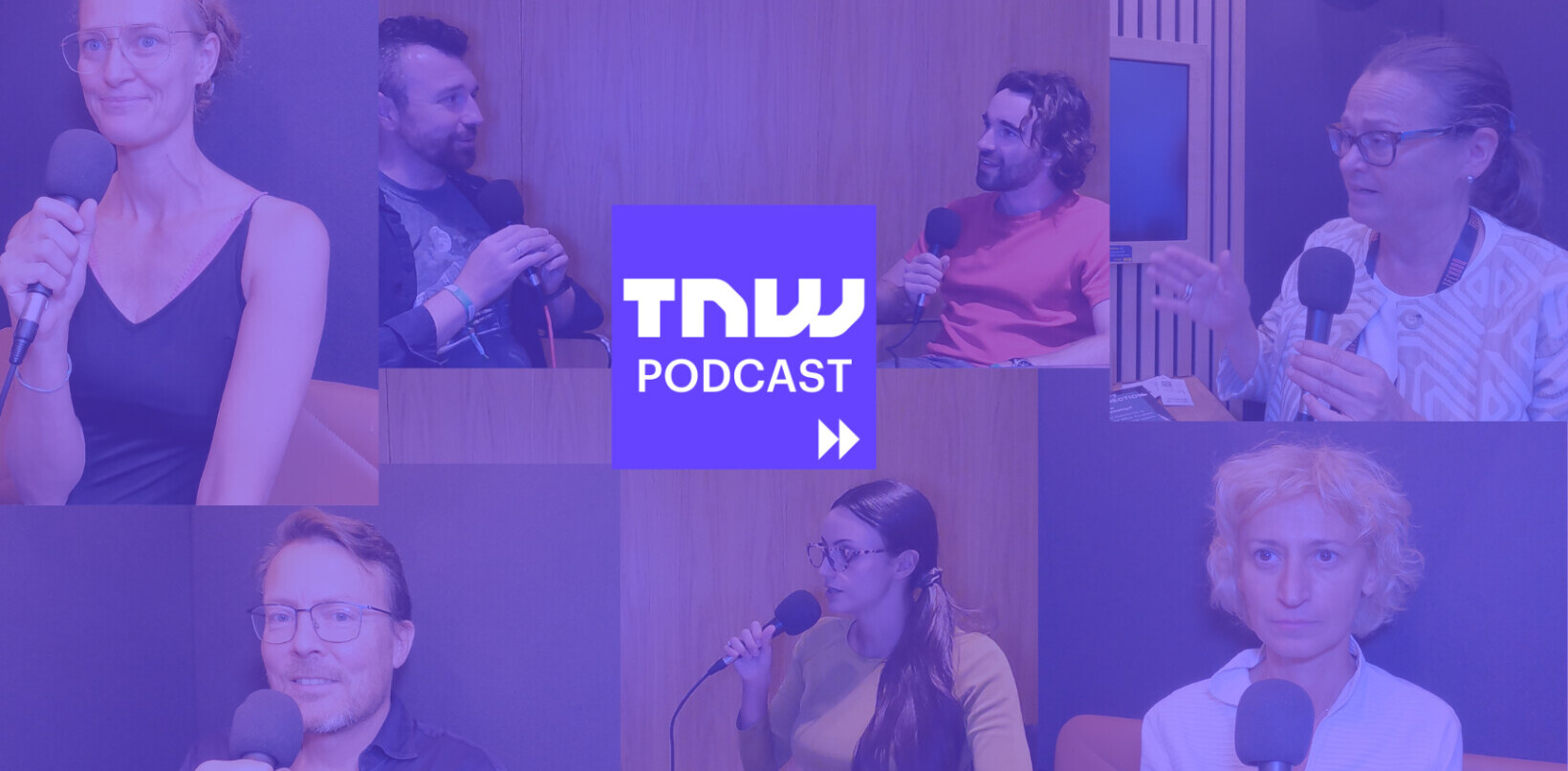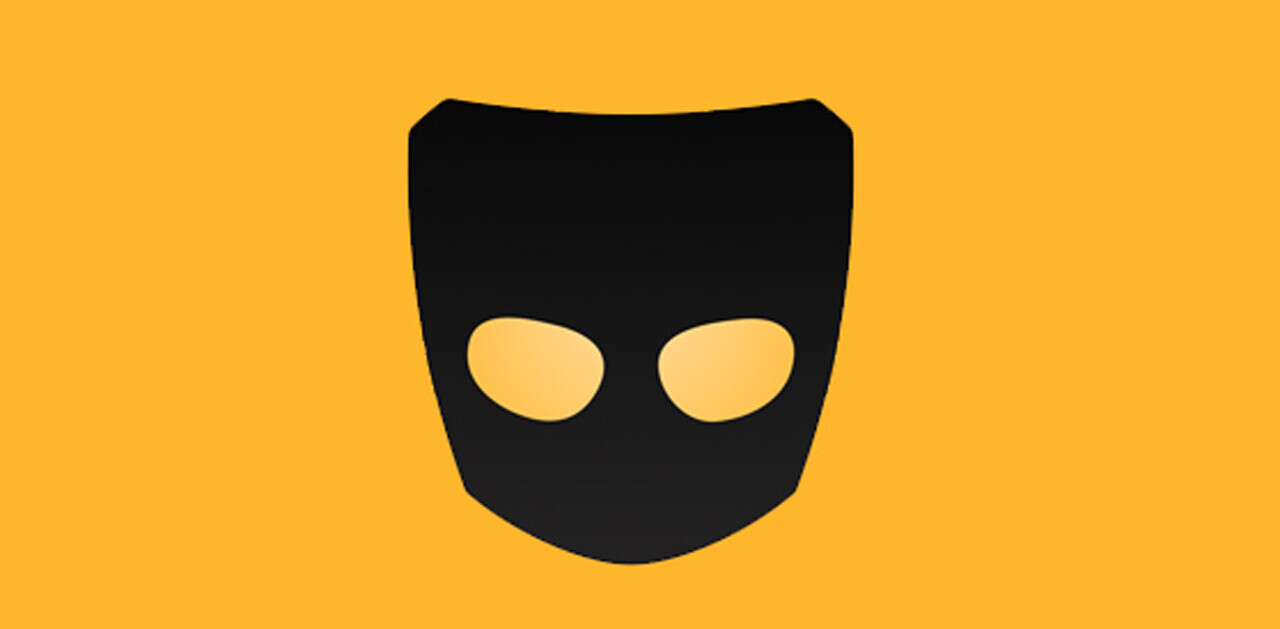
You might very well be aware of today’s Palm Pre smartphone launch.

We thought we might provide you with a summary of everything you need to understand to take an active part in Palm Pre discussions that will very likely start everywhere beginning this Monday.
We are not going to repeat all that has been said elsewhere, but provide you with links to the important stuff.
We hope you find this overview helpful.
A little bit of history
Back in 1996 Palm Computing, a division of US Robotics, rolled out the first two generations of Personal Digital Assistants (PDA) knwon as PalmPilots and pioneered the field of personal mobile computers. In 2000, Palm Computing formed Palm Incorporated which later merged with Handspring to form palmOne. This merged company again split into two companies, palmOne for the hardware business and PalmSource for Software.
In 2005, palmOne acquired full rights to the Palm name and changed its name to Palm, Inc. Palm’s Treo 700w (2006) was the first Palm device which operated on Windows Mobile instead of the Palm OS. It was in 2007 when Palm introduced the Palm Centro smartphone, running Palm OS again.
In December 2008 Palm’s CEO Ed Colligan stated that the company will no longer develop handheld PDAs, given the market’s increasing shift to smartphones.
During the 2009 Consumer Electronics Show (CES) in Las Vegas, Palm announced their new operating system Palm webOS and an upcoming smartphone running on webOS, the Palm Pre.
Who is Jon Rubinstein?
In June 2007 Roger McNamee, a partner in the venture capital firm Elevation Partners, brought Jon Rubinstein into Palm. This was part of Elevation’s deal to invest $325 million into Palm, where they now own a 25% stake. Rubinstein is best known as the father of the iPod, that helped turning Apple into a consumer electronics market leader. Palm also hired Mike Bell, a 16-year Apple veteran, as its Senior Vice President of product development.
Rubinstein, who has also been part of Steve Job’s turnaround team before he left Apple in 2006, since then got a number of key engineers from Apple into Palm, which resulted in a series of “screaming matches and threats of lawsuits”.
It is Rubinstein, who is the mastermind behind the Palm webOS and the Palm Pre. (Video: Palm press conference, Rubinstein explaining why he joined Palm)
What is webOS?
webOS is an embedded operating system developed by Palm for the Pre smartphone. It’s based on the Linux 2.6 kernel and features a tight integration into social networks and Web 2.0 APIs. As an example the Universal Search feature accesses your contacts, and then crawls content provided by Google, Google Maps, Wikipedia and even Twitter.
The operating systems has a touchscreen-based graphical user interface and ships with a set of typical smartphone applications, like an address book, calendar and task manager.
As opposed to compiling source code into native binaries (the approach taken by the iPhone SDK), webOS applications are comprised of web technologies such as HTML 5, JavaScript and Cascading Style Sheets. The JavaScript APIs have been extended to provide developers with access to device features, like the accelerometer and GPS location information.
webOS applications can be installed onto the device for offline use. They make use of features for offline storage introduced with the HTML 5 standard, which is currently a W3C Working Draft.
How does the Palm Pre user interface look like?
 The Palm Pre user interface evolves around similar metaphors as the iPhone UI. It features a 320 x 480 pixel touchscreen with full support for multi-touch gestures. The device comes with a real, physical keyboard that you can slide out when you need it.
The Palm Pre user interface evolves around similar metaphors as the iPhone UI. It features a 320 x 480 pixel touchscreen with full support for multi-touch gestures. The device comes with a real, physical keyboard that you can slide out when you need it.
Applications can either run fullscreen or in a slightly minimized form called “Card”. They can also make use of a notification system which allows them to pop up information in a scrolling banner at the bottom of a screen even when other apps run in the foreground.
Palm Pre applications can also publish active content to the “Dashboard”.
Finally “Headless” applications have no UI representation at all. These might be monitoring applications that primarily run in the background and pop up a notification on specific events occasionally.
A high-quality video walkthrough is available at the Palm website.
This interview with Michelle Koh, member of the human interface team at Palm, might be interesting for the UI enthusiast amongst you.
How does it compare to the iPhone?
There are a couple of key differences between the iPhone OS and Palm Pre’s webOS:
webOS applications can run in the background and in fact Palm pretty much highlights this capability as one of the biggest advantages over the iPhone.
Users can quickly switch between applications leaving those off the screen running as background processes. The iPhone does not allow applications to run as background processes at all – though this might change with announcements at next week’s Apple Worldwide Developer Conference. Apple did not allow background processes to enhance battery life; it remains to be seen whether Palm implemented a clever solution to not drain the battery while a couple of headless apps are running in the background.
The Palm Pre comes with a 3.1-inch touchscreen display, the iPhone 3G ships with a 3.5-inch one, both have the same resolution. The camera built into the Palm Pre is a 3 megapixel camera with LED flash, while the iPhone 3G has a 2 megapixel camera without flash.
Palm Pre supports Instant Messaging (IM), Short Message Service (SMS) and Multimedia Messaging Service (MMS), while support for MMS is expected for the upcoming iPhone OS update (currently the iPhone supports SMS only.)
The Pre will also have copy & paste and data tethering, both features will also be included in the iPhone OS 3.0 update but are not available in the current official version of iPhone OS.
How about gaming?
Users seem to love games for the iPhone.
So much, that some have even called the iPhone a “Nintendo DS” killer. We will not see the same quality of games for the Palm Pre. The iPhone gives developers full access to Open GL ES, a low-level API for powerful embedded graphics including 3D hardware acceleration . The web technology centric Palm webOS does not expose this level of graphics support.
Palm has officially stated that “games were not important when designing webOS”. We might see a version of Tetris coded in JavaScript, but Super Mario Bros. will not make it to the Pre.
Will the Palm Pre browser support Adobe Flash?
Yes. Palm has confirmed that webOS includes full support for Adobe Flash. The smartphone version of Flash is expected to be finished by Adobe for the end of this year. This opens up the opportunity for building stand-alone Flash applications for the Palm Pre.
Does it do audio and video?
The Palm Pre does not support recording of video. The iPhone does neither, though this feature it is expected to be announced next week. Audio recording is not available on the Palm Pre, either. You can, however, get numerous applications for the iPhone, that record audio. Video and audio playback is supported equally on both devices.
Does it sync with iTunes?
Yes. Palm demoed how the Pre gets recognized by iTunes and allows syncing of multi-media files. Given that Rubinstein has also been the mastermind behind the Apple iPod, this might not so much come as a surprise.
It is, however, important to note that a) this does not include Apple DRM protected audio and video files and b) will likely be blocked by Apple with the next iTunes update. So if you have purchased protected songs via the iTunes store, those songs will not play on the Palm pre.
Jon Lech has a good analysis of this area.
How about 3rd party applications?
A key to the success of the iPhone is its ability to easily install and run third party applications and Apple’s strategy to attract hundreds of thousands of developers to build solutions that run on iPhone OS. Palm is providing developers with a similar opportunity for it’s webOS platform in form of the Mojo Application Framework and the Mojo SDK.
As early access to the SDK has been very limited, we don’t expect to see too many applications for the Palm Pre shortly after launch. Palm will have available mobile webOS clients for Facebook and other services, through direct cooperations with these companies.
Early Access to the SDK is available via the Palm Developer Network. Developers might find O’Reilly’s Rough Cut “Palm webOS: Developing Applications in JavaScript using the Palm Mojo Framework” valuable. It is available as a downloadable eBook for US$ 17.99. You can also read the first chapter online for free.

Will there be an App Store?
Yes. It’ll be christened Palm App Catalog and it’s an on device application pretty much like the iPhone App Store. Details as to how customers will get charged and the exact revenue share model between Palm and the developers have not been released to the public, yet. It is anticipated, that Palm will have an approval process in place, which is similar to the one at Apple.
How about Europe?
The Palm Pre hardware supports the CDMA mobile network standard, which is not available in Europe. Palm did announce support for GSM and UMTS during the Mobile World Congress in Barcelona but did not disclose any information related to when this might happen or which carriers might start to market the Palm Pre in Europe.
But wait, didn’t Apple’s Steve Jobs claim to have the one and only multi-touch patent?
Not exactly. Apple has a variety of patents which relate to how the iPhone user interface has been designed and how it reacts to gestures. The same holds true for Palm. Nobody has a patent which protects all sorts of touch based UIs in general. It remains to be seen whether both companies might act on their patents and enter into what very likely will become endless lawsuits. (A fascinating and in-depth analysis of the patent situation is available at engadget.)
Where do I get it and what will it cost?
The Palm Pre will be available from Sprint on Saturday, June 6 for US$ 199.99 with a two-year service agreement and $100 mail-in rebate. You can get it at a range of retailers (Best Buy, Radio Shack, Wal-Mart) and online. The Pre will work with Sprint’s Everything Data plan that includes unlimited data, unlimited messaging and 450 minutes for US$ 66.99/month, or 900 minutes for US$ 89.99/month. It will also work with the US$ 99.99/month totally unlimited Simply Everything plan.
Get the TNW newsletter
Get the most important tech news in your inbox each week.




